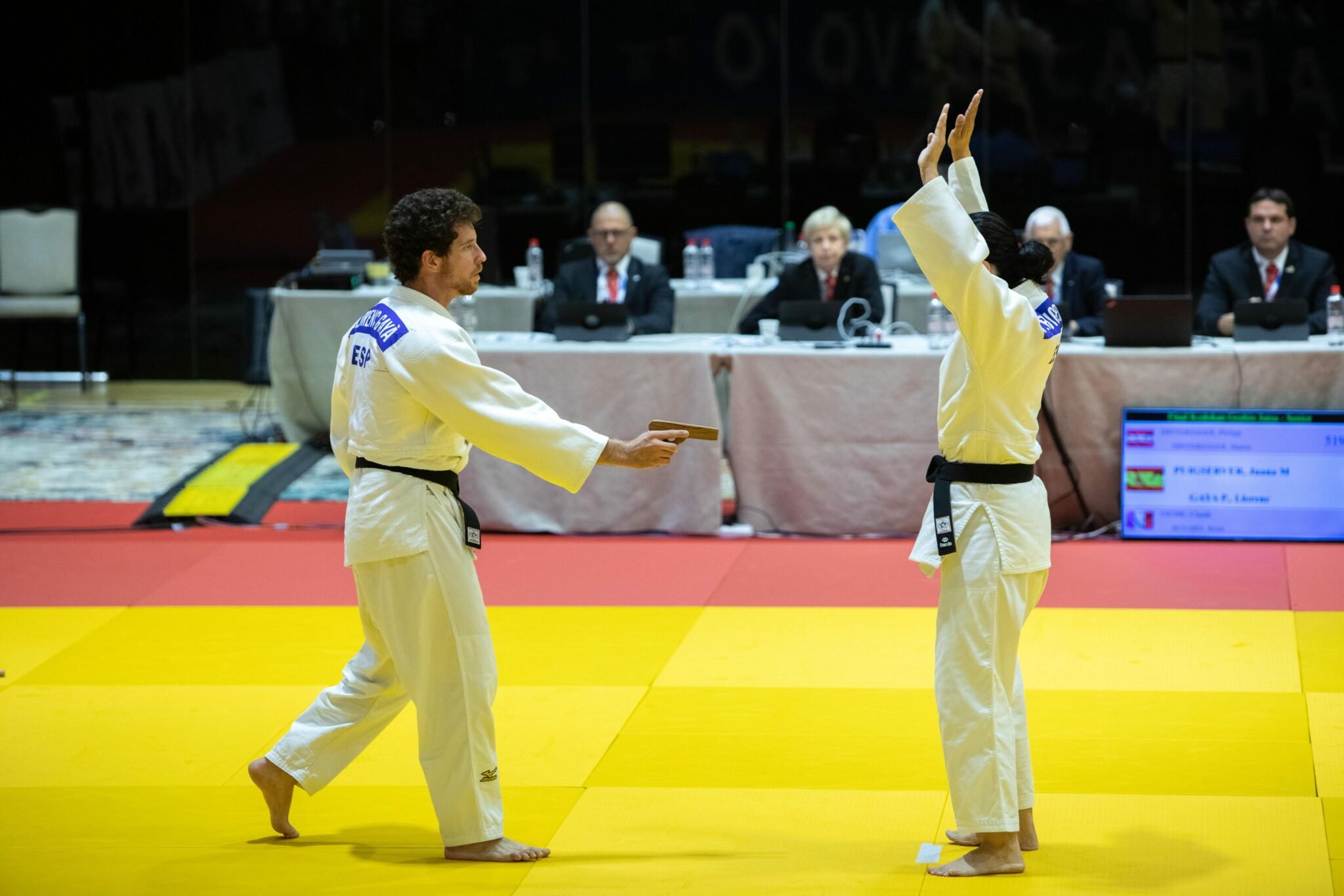Kodokan Goshin Jutsu is a modern judo kata (form) developed by the Kodokan Judo Institute. Introduced in 1956, it is a self-defence kata that incorporates techniques from judo, as well as elements from traditional Japanese martial arts like jujutsu.
The kata is designed to teach practical self-defence techniques against various types of attacks, including grabs, strikes, knife attacks, and even attacks with a gun. It consists of 21 techniques, divided into two sections: unarmed defence (12 techniques) and defence against armed attacks (9 techniques).
Kodokan Goshin Jutsu emphasises efficient, realistic responses to common self-defence scenarios, making it a valuable kata for practitioners interested in the practical application of judo techniques in real-world situations. In today’s society, crime by such surged by 5% and remains a significant challenge for one to defend. Practicing Kodokan Goshin Jutsu on a regular basis will not only improve one’s confidence but will also develop crucial muscle memories by which repetitive actions are ingrained in the brain, allowing for automatic and efficient movement without conscious thought.

Ms. Kristiina PEKKOLA, EJU Education Director equally praises the potential Kodokan Goshin Jutsu has to offer;
First of all, Kodokan Goshin Jutsu constantly changes direction and position. There is no stop in the action-reaction process. Your opponent attacks, and you have to be ready to defend yourself. What I like about it is that it includes elements like punching, kicking, and defence against knives, stick, and pistols, making it highly useful in real-life situations if someone attacks you.
I must also add that during demonstrations, these attacks are performed at full speed, not in slow motion, which I think is very encouraging for young adults, especially women, as it helps them develop body control and accurate reactions. When you’re attacked in society, it’s natural to feel scared, and fear causes tension, making any attack, whether it’s a punch or a kick, feel much harder. However, if you’ve trained your muscle memory to react, you loosen up, and your reactive attack becomes more explosive. This is why I can also say this is one of my favourite kata forms.
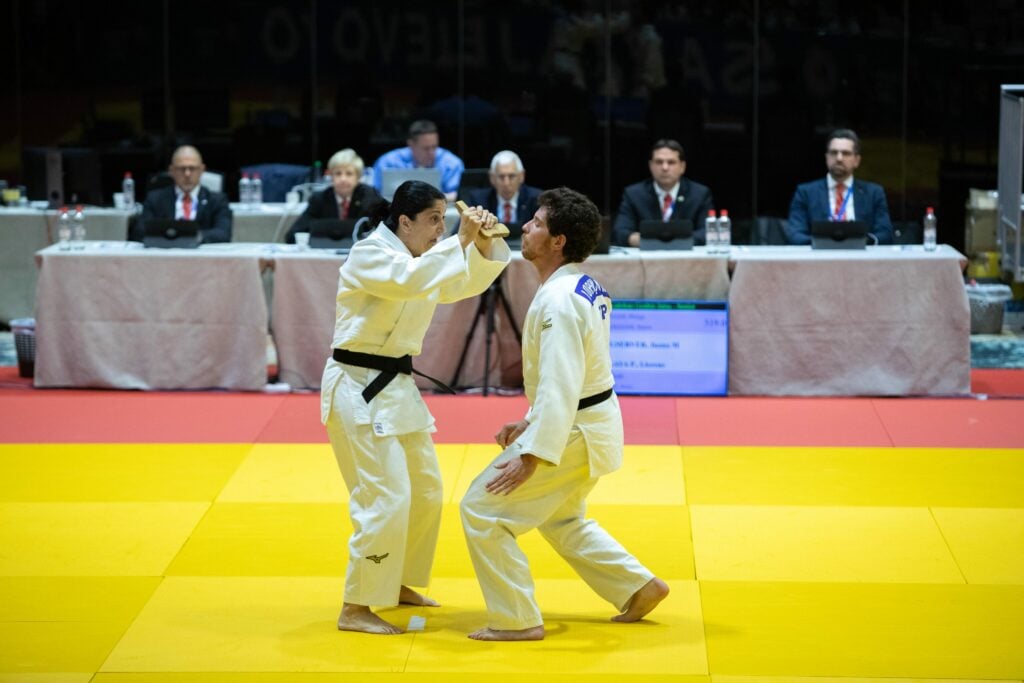
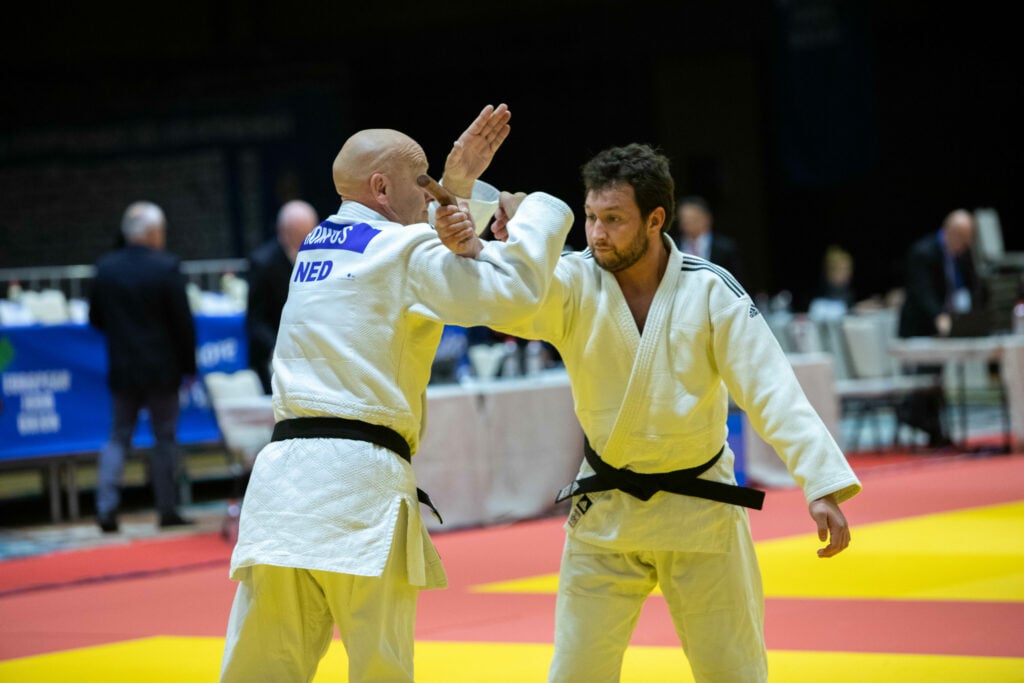
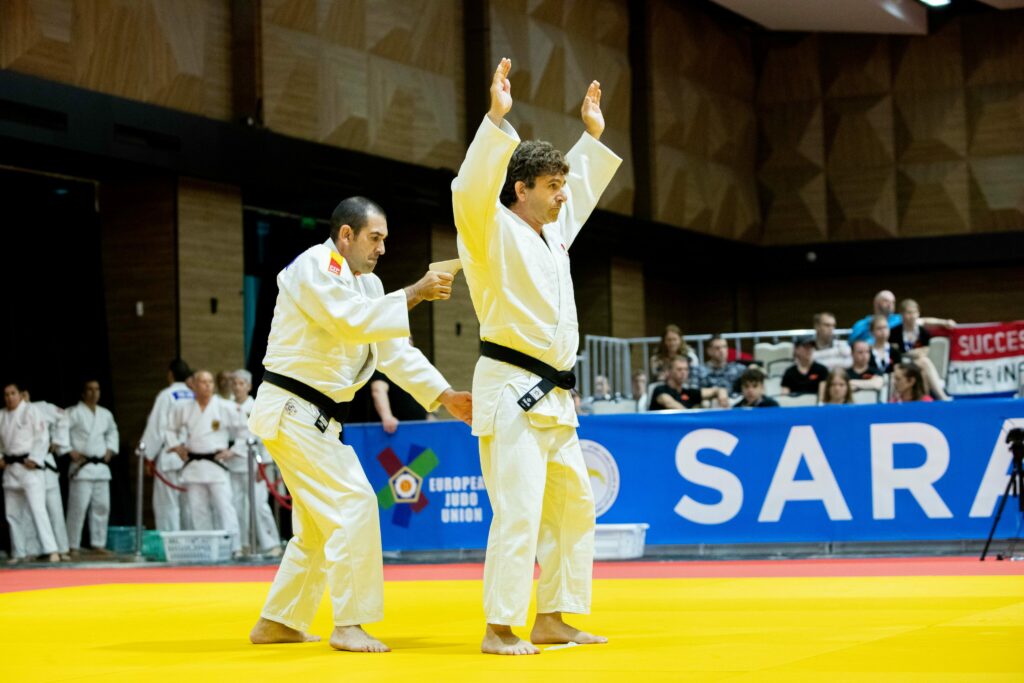
Besides self-defence, what else can we learn by practicing this kata?
It also teaches respect for your opponent, as during practice you can’t beat them to the point of injury because they won’t return. The importance is to show the wide possibilities of judo—that it is not only about Shiai. In Kodokan Goshin Jutsu, you maintain distance and then move forward, which requires a lot of timing and flexibility. For many judoka, it can be a bit of an awakening, like, ‘Wow, this is something different from Shiai.
Kata also helps with Shiai. To give you an example, years ago, one of my students was very positive in training but had a very defensive judo and struggled to throw. We trained in Nage-no-Kata for two years and she went for grading on a Saturday, the following day she had won an international competition despite never having won a medal before at any level. I said thank you, and that was thanks to the hours put in practicing Nage-no-Kata.
According to the European Union’s Youth Partnership Council, violence is one of the leading causes of death and disability among young people in Europe. Is there a plan to integrate for example Kodokan Goshin Jutsu form for juniors and cadets competing at kata events?
It is possible, we haven’t discuss it yet becuase we opened the Nage-no-Kata and Katame-no-Kata for the youth to start with. I can see there is a potential for Kodokan Goshin Jutsu amongst them too so we will see if clubs will start practicing and if there is any uptake. We are always here to support any suggestions or new ideas from our judo community.
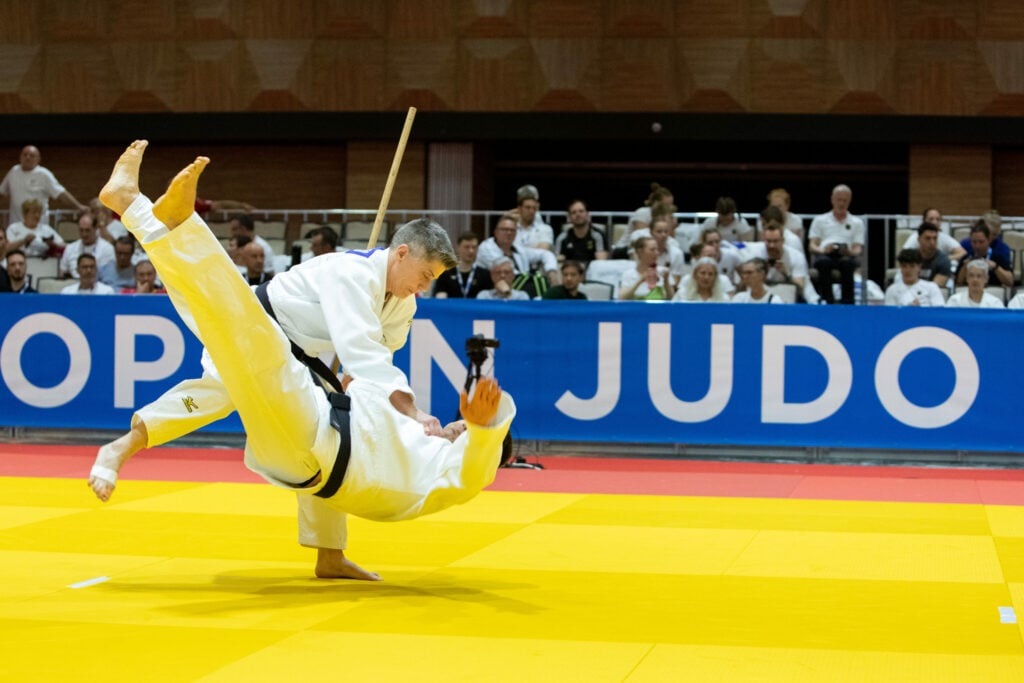
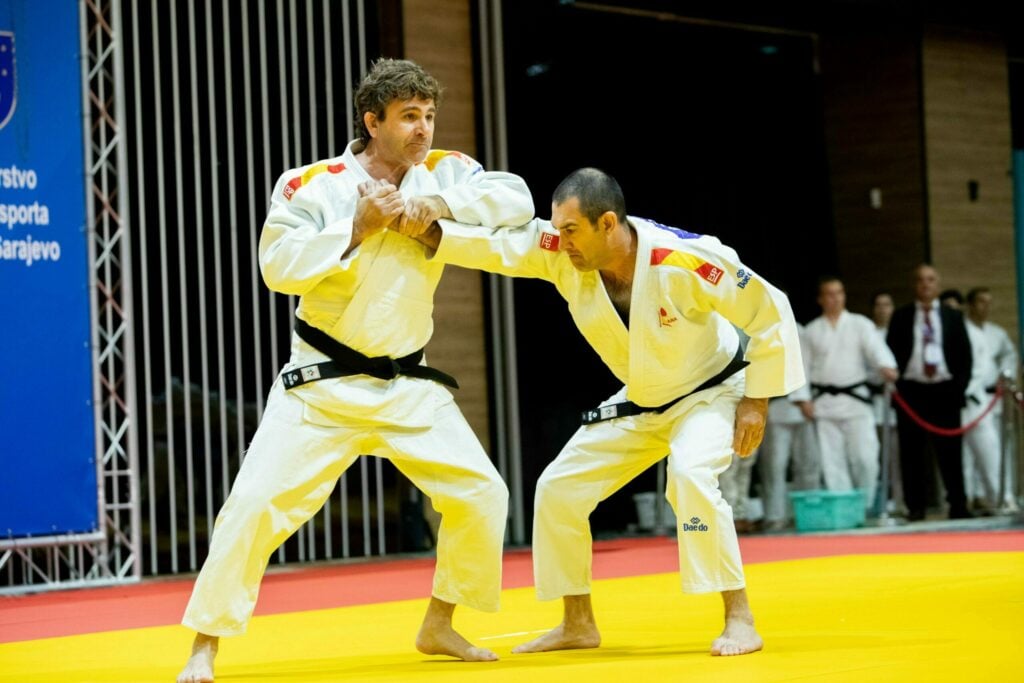
Final words on Kodokan Goshin Jutsu?
Kodokan Goshin Jutsu is something different. There is constant action. I started practicing kata 14 years ago, at that time I have already trained judo for 36 years but kata was a new world for me—it felt like being a beginner again. That’s what I love about judo: you can never be too old to learn.
Just with everything else, you have to train, you have to practice becuase so much in judo is to do with muscle memory, it is not about thinking. You cannot think, there is no time to think, what should I do next, you have to have it in your ‘spine’ [muscle memory] becuase attacks are happening from different directions all the time.
Judo is effectively used for self-defence. While judo is a martial art primarily focused on throws, joint locks, and pins, its techniques are designed to use an opponent’s strength against them. This makes it practical for real-life self-defence situations, where you can control or neutralise an attacker without needing to strike. Judo also emphasizes balance, leverage, and movement, which are essential for defending oneself against larger or stronger opponents. The discipline and awareness developed through judo training further enhance its value as a self-defence system. The combination of technique and philosophy makes judo a valuable skill for self-defence.
Images: Dino Secic
Author: Szandra Szogedi



